If you are wondering how many watts does a TV use, the answer is simple.
If the TV amp is 1A and it is connected to a 120V outlet, the TV watts will be:
Watts = 120V × 1A = 120W.
For example, most CRT TVs draw 120 watts of electricity, plasma TVs consume 500 watts, and OLEDs consume 60 - 75 watts. The latest and most popular LCDs and LEDs consume nearly 70 - 200 watts and 50 - 100 watts, respectively. However, the exact wattage consumption will depend on the size, model, and type of TV you are using.
Jackery Solar Generators are portable, lightweight, and powerful charging solutions that can power most types of TVs. The essential home backup solutions can supply steady electricity to most of your home appliances, including different types of TVs. Whether you're planning an outdoor movie night and want a portable power station to power TV and other outdoor appliances or wish to keep essential household appliances powered during outages, these solar-powered generators have got your back.
In this article, you'll learn:
- On average, LED TVs consume around 15- 100W per hour, whereas OLED TVs use more wattage (around 50 - 200W). LCD TVs use between 15 and 200W, whereas Plasma TVs can consume as much as 500W per hour.
- The electricity consumed by the TV will depend on the TV's wattage consumption and the runtime. If a TV (100W) runs for 5 hours, the electricity consumption will be 500Wh.
- Generally, most TVs consume less than one ampere when connected to a 120V outlet.
- What are the factors affecting TV wattage consumption, and how can you determine it?
- How much does it cost to power a run in different US states, and whether a generator can run a TV or not?
How Many Watts Does A TV Use?
A typical modern TV can use anywhere between 50 and 200 watts per hour. The number of watts used by any TV will depend on its type. Here, we will include the different types of TV and their watts.
- CRT TV:These old technologies are bulky in size and consume up to 120 watts of electricity. However, many people use CRT TVs as they are great for gaming purposes without any blurry motion or input lag.
- Plasma TVs:They are made up of tiny gas pockets and light up when high voltage is applied. Plasma TV has an excellent contrast ratio and views, which consumes up to 500 watts of power.
- LCD:They are a great combination of picture quality and low power consumption. LCDs use cold-cathode fluorescent lamps for backlighting and consume around 70-200 watts.
- LED: While LCDs and LEDs use the same kind of technology, LED TVs typically use light-emitting diodes and are generally more economical.
- OLED:This latest TV uses organic light-emitting diodes and uses more power than LEDs.
The following table reveals how many watts does a TV uses depending on different sizes and types.
|
Screen size (Inches) |
LED TV Watts |
OLED TV Watts |
LCD TV Watts |
CRT TV Watts |
Plasma TV Watts |
|
15 inch TV |
15 |
NA |
18 |
65 |
NA |
|
17 inch TV |
18 |
NA |
20 |
75 |
NA |
|
19 inch TV |
20 |
NA |
22 |
80 |
NA |
|
20 inch TV |
24 |
NA |
26 |
90 |
NA |
|
21 inch TV |
26 |
NA |
30 |
100 |
NA |
|
22 inch TV |
30 |
NA |
40 |
110 |
NA |
|
24 inch TV |
35 |
NA |
50 |
120 |
NA |
|
30 inch TV |
38 |
NA |
60 |
NA |
150 |
|
32 inch TV |
41 |
NA |
70 |
NA |
160 |
|
37 inch TV |
44 |
66 |
80 |
NA |
180 |
|
40 inch TV |
50 |
72 |
100 |
NA |
200 |
|
42 inch TV |
57 |
75 |
120 |
NA |
220 |
|
50 inch TV |
72 |
89 |
150 |
NA |
300 |
|
55 inch TV |
80 |
98 |
180 |
NA |
370 |
|
60 inch TV |
88 |
107 |
200 |
NA |
500 |
How Many Watts Does A TV Use Per Hour?
On average, TVs use between 50 and 200W per hour, depending on the model you have. The hourly wattage consumption of TV will depend on the TV type, model, and size. Here's a table revealing how many watts does a TV use per hour, depending on its type and model:
|
Type of TV |
Power Usage (Watts) |
|
OLED (Organic Light Emitting Diode) |
50-200 W Per Hour |
|
CRT (Cathode Ray Tube) |
60-150 W Per Hour |
|
Plasma |
100-300 W Per Hour |
|
LED (Light Emitting Diode) |
30-100 W Per Hour |
|
LCD (Liquid Crystal Display) |
50-150 W Per Hour |
If you want to calculate the exact answer to how many watts does a TV use per day, all you need to do is multiply the hourly wattage consumption by the number of hours you use the appliance daily.
How Many Watts Does A 32-Inch TV Use?
A 32-inch TV typically consumes between 30 and 60 watts, depending on the model and technology. Most homeowners use a 32-inch TV because they are cheap, lightweight, compact, and easy to carry. The power consumption of same-size TVs will depend on the brand and its type. For example, a 32" LED TV will consume around 30-55 watts of power, whereas the 32" OLED uses 55-60 watts. The 32-inch LCD TV consumes higher watts, around 50-85 watts. The older 32" CRT TVs have the highest power consumption, which is equal to 150-200 watts, with an average of 170 watts.
How Many Watts Does A 55-Inch TV Use?
A 55-inch LED TV typically uses around 80 watts, whereas a 55-inch LCD TV consumes more power, up to 180 watts. A 55" inch TV is the larger version of the previous models and is becoming more and more popular. Their consumption may vary depending on the TV type. For example, the 55" LED consumes around 60-90 watts, whereas the 55" OLED has a power consumption rate of 105-110 watts.
How Many Watts Does A Flat Screen TV Use?
A typical modern flat TV consumes anywhere between 50 - 150 watts of electricity. However, it may depend on the size and model of the TV. For example, if you are using a 32” LED TV, it will consume 30 - 55 watts of electricity. On the other hand, if you are using a 32” LCD TV, it might consume a higher wattage of around 50 - 85 watts.
How Many Volts & Amps Does A TV Use?
Volts and amps are the essential terms that determine how much electricity flows or is used by any appliance.
- Volts (V):It is short for voltage and typically measures the difference in electrical pressure. In other words, voltage is like the speed of electricity that passes through the circuit.
-
Amps (A):It is short for amperes and generally measures the electrical current. It is the amount of electrons that flow through the circuit.
Typically, TVs use around 120-volt outlets. If the TV amps 164W of hourly wattage, the amperage will be calculated as follows:
Amps = 164W / 120V = 1.37 amps.
How Much Electricity Does A TV Use?
On average, most TVs use anywhere between 50 - 200 watts of electricity. However, the TV watts will largely depend on the model and size of TV you have. It’s safe to say most modern TVs draw 100 watts of electricity, whereas older models might be less efficient and draw anywhere around 200W. Once you know how many watts does a TV use an hour, you can calculate electricity usage by multiplying the wattage by the running time.
How Much Electricity Does A TV Use Per Month?
If we suppose you've a TV drawing 100 watts of electricity and are watching TV for nearly 2 hours per day. This calculates to 1.4 kilowatt-hour of electricity per week or 6 kilowatt-hour per month. On the other hand, if you're using the same TV for 3 hours per day, the monthly electricity consumption will be 9.1 kWh per month.
Here's how you can calculate the monthly electricity consumption of a 100W TV yourself:
Electricity or Kilowatt-hour = Watts × Usage per day × 30 = 100W × 2H × 30 = 6kWh per month.
How Many Amps Does a TV Use?
Most TVs typically consume less than one amp when connected to a 120V outlet. Let's take an example where we will calculate the amps of a TV drawing 120 watts of electricity from a 120-volt outlet.
Amps = Watts ÷ Volts = 120W ÷ 120V = 1 amps.
What Are The Factors Affecting TV Wattage?
If you are wondering about how many watts does a TV uses per hour, you'll need to understand the factors that affect the TV watts.
Type of TV: Modern TVs and LED TVs are generally more energy-efficient than older models. Generally, Energy Star-certified TVs are 25% more efficient than conventional TVs.
|
TV Types |
Power Usage (W) |
Pros |
Cons |
|
LED (Light Emitting Diode) |
30-100W Per Hour |
|
|
|
OLED TVs |
50-200W Per Hour |
|
|
|
Plasma TVs |
100-300W Per Hour |
|
|
TV Age: Like any other technology, the older an appliance gets, the more wattage it will consume. The CRT models use up to 120 watts, whereas the LED TV consumes 24-28 watts for small sizes and 90 watts for larger sets.
Size of TV: The larger TVs typically consume more energy than smaller ones. For example, a 48-inch TV consumes 80 watts of power. But how many watts does a 65-inch TV use? It is nearly 115 watts.
|
TV Model Type |
24-inch |
50-inch |
|
CRT |
75-120 watts |
N/A |
|
Plasma |
N/A |
150-500 watts |
|
LCD |
36-44 watts |
75-90 watts |
|
LED |
24-28 watts |
50-60 watts |
|
OLED |
N/A |
90-107 watts |
TV Usage: The more TV you use, the higher the watts consumption will be. It is best to switch off the TV when not in use to avoid higher bills.
Vampire Power: It's a term for how much power any device consumes when turned off but plugged in. TVs typically consume 5% of their usual power consumption, even in standby mode.
How to Determine The TV Power Consumption?
Most modern TVs, like LED or OLED, are more energy-efficient and have an ENERGY STAR-rated sign. It generally consumes around 150 watts. You can find the TV power consumption on the blank panel of the appliance. If, in case, you cannot find the wattage on the TV, you can check the appliance wattage chart or multiply the maximum TV voltage and amperage.
Formula: Watts of TV × Hours Used = Power Consumption
Example: A 150-wattage TV appliance, when used for three per day, will consume 150W × 3H = 450Wh per day.
Can You Run a TV on a Generator
Yes, you can run a TV on a generator. However, it is important to note that the generator's capacity is sufficient for the solar-powered TV and other appliances you would like to use at the same time. Jackery can power TVs and electronic entertainment devices, such as speakers, projectors, etc.
Jackery Solar Generators are essential home backup power solutions and can power different types of TVs for hours. If you live in an area that is prone to long-term power outages, you can consider the Jackery Solar Generator HomePower 3000. On the other hand, those who want a more portable battery backup can invest in the Jackery Solar Generator 300 Plus.
Jackery Solar Generators for TV
According to the American Time Use Survey Summary by the US Bureau of Labor Statistics, 74% of people spent 2.7 hours per day watching TV, making it the most time-consuming leisure activity in 2023. Investing in a solar generator is one of the best ways to reduce the high electricity bills. It runs on the free solar energy that gets converted to electricity. With Jackery Solar Generators that combine power stations and solar panels, you can power TVs and even high-power-consuming appliances for long hours.
Jackery Solar Generator 3000 Pro
If you want a large solar generator that can power most household appliances, including most TV models, the Jackery Solar Generator 3000 Pro might make more sense. It has double wheels, pull rods, and a foldable handle to move the portable power station from one place to another.
Appliance running time:
- TV (50W) = 34.3H
- Large TV (200W) = 11.4H
- Projector (100W) = 20.6H
- LED lights (5W) = 85.7H
- Smart Speaker (20W) = 57.1H

Who Should Buy This
If you live in an outage-prone area and need a reliable home battery backup solution, you can consider investing in the Jackery Solar Generator 3000 Pro.
Customer Review
“This is my second 3000 Pro, and the first one worked exceptionally well, powering my refrigerator and TV all night during a power outage for Hurricane Milton in October 2024. Solar charging worked well with 4 200W panels, looking forward to trying with 6 panels. Having two generators increases redundancy. Highly recommend Jackery.” — Anthony Pav.
Jackery Solar Generator HomePower 3000
The Jackery Solar Generator HomePower 3000 is an easy backup solution that can power essential household appliances, such as refrigerators, TVs, etc. It has two side handles and a compact design for easy transportation around the home or even to the backyard or patio areas. It also comes with a seamless UPS switchover to ensure essential appliances, such as TVs, desktops, etc., start powering up in the blink of an eye during an outage.
Appliances Running Time
- TV (50W) = 36.3H
- Large TV (200W) = 11.8H
- Projector (100W) = 21.4H
- LED lights (5W) = 96.7H
- Smart Speaker (20W) = 62.2H

Who Should Buy This
If you want a more portable essential home backup solution with UPS support, you can consider going ahead with the smallest and lightest 3kWh solar generator — Jackery Solar Generator HomePower 3000.
Customer Review
“We bought the Jackery HomePower 3000 as a backup for my fifth wheel RV while the wife and I travel around the US. We will be doing some boondocking along the way, and we plan on using the HomePower 3000 rather than the noisy and gassy generator.” — Daniel.
Jackery Solar Generator 2000 Plus
The Jackery Solar Generator 2000 Plus is an ideal solution for indoor and outdoor adventures. If you're planning an outdoor movie night or camping trip, you can bring the solar generator with you. It can also help you supply steady power to other outdoor appliances, such as electric grills, freezers, etc. It can even be expanded from 2kWh to 24kWh, so you can use it for emergency home backup solutions.
Appliance running time:
- TV (50W) = 24.6H
- Large TV (200W) = 7.7H
- Projector (100W) = 14.2H
- LED lights (5W) = 72.8H
- Smart Speaker (20W) = 44.1H

Who Should Buy This
If you want a solar generator with a battery capacity that can be expanded based on your power needs, then you can consider investing in the Jackery Solar Generator 2000 Plus.
Customer Review
“I gave my Jackery 2000 and 500W solar panels a run-through and am absolutely delighted with the performance, output, and input. A real tool that frees me to go off-grid without reservation. Love the ability to upgrade/add more modular power with ease.” — Thomas Lanen.
Jackery Solar Generator 1000 Plus
The Jackery Solar Generator 1000 Plus is another power solution that's capable of charging most appliances during power outages or outdoor adventures. The multiple output ports help you power other appliances, including lights, mobile phones, laptops, CPAP machines, etc. Its compact size, ergonomic design, and large capacity make the solar generator an ideal choice for most activities.
Appliance running time:
- TV (50W) = 15.2H
- Large TV (200W) = 4.8H
- Projector (100W) = 8.8H
- LED lights (5W) = 45.1H
- Smart Speaker (20W) = 27.3H

Who Should Buy This
If you aim for a solar battery backup that can power appliances both indoors and outdoors, you can consider the Jackery Solar Generator 1000 Plus.
Customer Review
“Bought the 1000-plus during the Black Friday sale but have only been able to play with it so far. It did run the fridge, heating stove (2 fans), TV, 2 lights, satellite dish, and computer for several hours and had plenty of charge left, so I feel it will take care of my needs during an outage.” — Morg.

How Much Does It Cost to Power A TV?
The monthly electricity bill has the total amount you're charged and not how much each home appliance contributes to the bill. The following table reveals the cost of running a TV monthly and yearly.
|
State |
Average Electricity Rate (As of March 2025) |
Cost Per Month |
Cost Per Year |
|
California |
32.41 ¢ / kWh |
$4.86 |
$58.34 |
|
New York |
25.43 ¢ / kWh |
$3.81 |
$45.77 |
|
Texas |
15.30 ¢ / kWh |
$2.30 |
$27.54 |
|
Massachusetts |
30.19 ¢ / kWh |
$4.53 |
$54.34 |
|
Florida |
12.21 ¢ / kWh |
$1.83 |
$21.98 |
|
Virginia |
15.09 ¢ / kWh |
$2.26 |
$27.16 |
|
New Jersey |
19.88 ¢ / kWh |
$2.98 |
$35.78 |
|
Maryland |
18.95 ¢ / kWh |
$2.84 |
$34.11 |
|
Washington |
12.63 ¢ / kWh |
$1.89 |
$22.73 |
|
US Average |
17.11 ¢ / kWh |
$2.57 |
$30.80 |
Source: Electric Power Monthly - U.S. Energy Information Administration (EIA)
If you want to calculate the electricity usage of a TV, all you need to do is multiply the annual kWh and the electricity cost divided by 1000 hours of usage.
LEDs require more than standard direct-lit and edge-lit type LCD TVs. On the other hand, OLEDs are more power-hungry than the average LED models. The OLEDs and LEDs consume twice as much power compared to the older plasma TVs.

Not only does the power consumption of a TV scale with size, but it also gets affected by the brightness. When you raise the brightness level progressively, it leads to higher consumption and higher costs. Reducing the brightness level of the TV by 50% does not necessarily halve the energy use, as other TV parts also consume some energy.

TV Wattage FAQs
What size of solar generator do I need to run a TV?
The size of the solar generator required will directly depend on how many watts does a TV uses. For example, if the TV consumes 50W of power and you wish to power it using the Jackery Solar Generator, the working hours can be calculated using the Running Time Calculator available on the product page. To do so, visit the product page and scroll until you find the Running Time Calculator. Then, enter the TV wattage consumption in the box and press Enter to get the estimated running time.
Does TV use a lot of electricity?
On average, TVs consume around 62 kWh per annum. Compared to other household appliances, TVs fall in the middle in terms of energy consumption.
How much electricity does a TV use when off?
A TV in standby mode typically consumes 2.25-5% of the power used when the appliance is on. Most of us believe that turning off the appliance means it won't be consuming any kind of power. However, that's not true. When you turn off the TV using the remote, your appliance starts working in standby mode. Hence, the answer to how many watts does a TV use on standby is between 0.5 and 3 watts of power.
How to reduce the TV power consumption?
There are many ways to reduce the power consumption of TV. Here are some tips:
- Do not leave the TV on when not in use, and make sure you disconnect it entirely from the power source.
- Use a surge protector or smart power strip to automatically cut power to the TV when it is not in use.
- Invest in energy-efficient TV models like the ones with Energy Star ratings.
What's the best time to run a TV?
There is no right or wrong time to run a TV. However, using appliances like TVs during off-peak hours (usually overnight) is generally more affordable.
Final Thoughts
How many watts does a TV use depends on the technology, size, and type. For instance, the newer and energy-efficient models like OLED TVs and LEDs draw less electricity compared to older Plasma and CRT models. As a general rule of thumb, the power consumption will increase when the screen size increases.
If you want to reduce the overall power consumption, you can use energy-efficient features, adjust settings, or use a portable power station. Jackery Solar Generators are reliable charging solutions that can power most TV units and even other household appliances. Thus, you can reduce the overall monthly electricity bill.

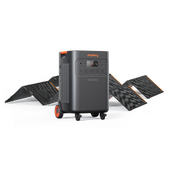
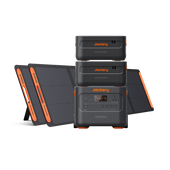
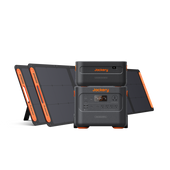

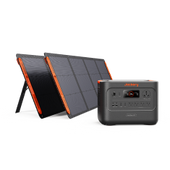

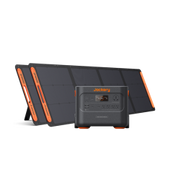
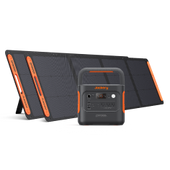

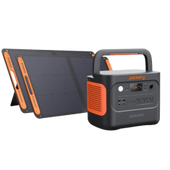
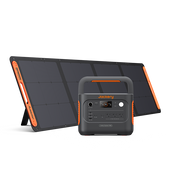
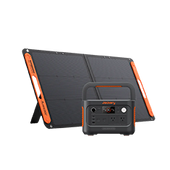


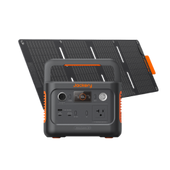
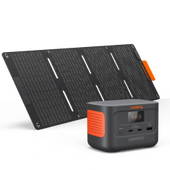
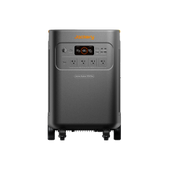
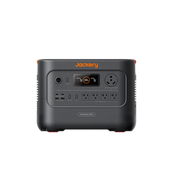
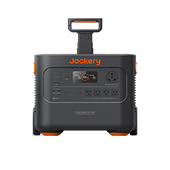
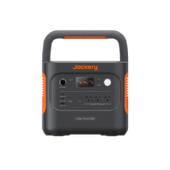
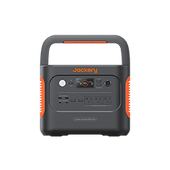
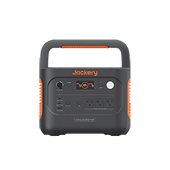

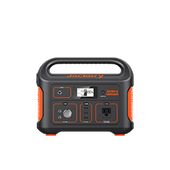
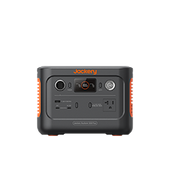

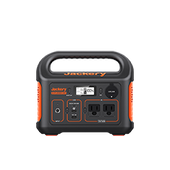
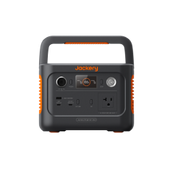
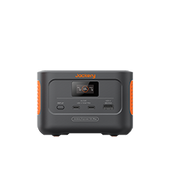
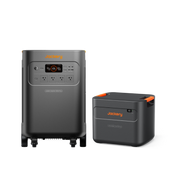
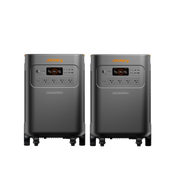
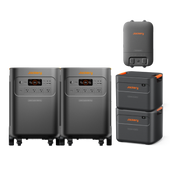


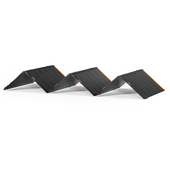
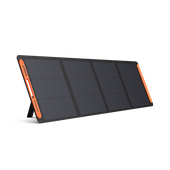

![[Add-on] Jackery Manual Transfer Switch for Explorer 5000 Plus](http://www.jackery.com/cdn/shop/files/800x800-2_5b90d3ab-246e-4679-affe-e7c6949f9c27.png?v=1744356904&width=170)
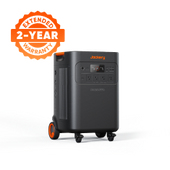
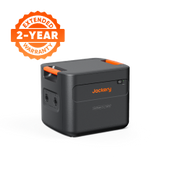

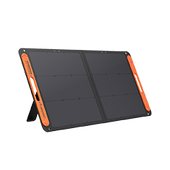
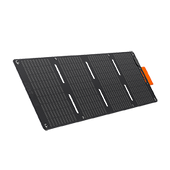
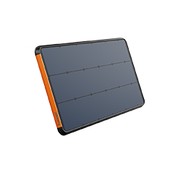






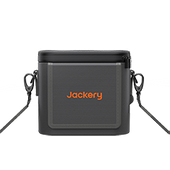
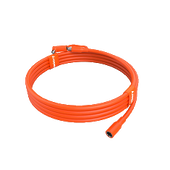






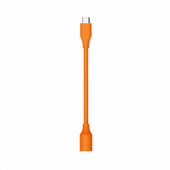

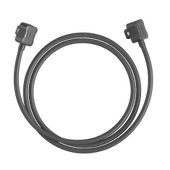
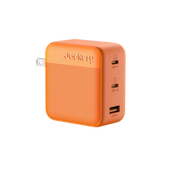
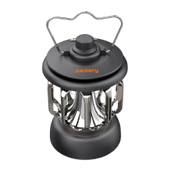


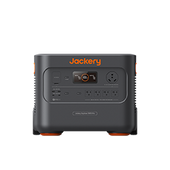
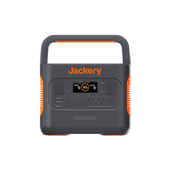
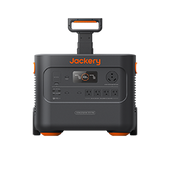
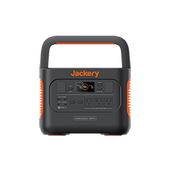
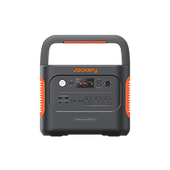
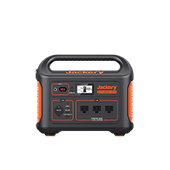

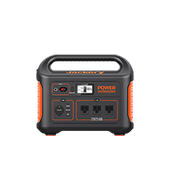
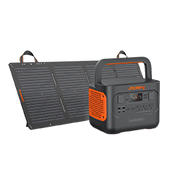





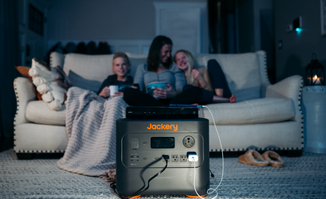

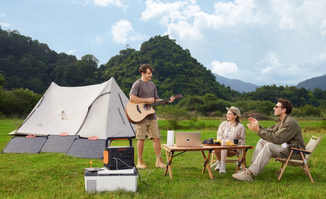
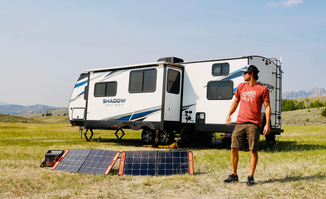

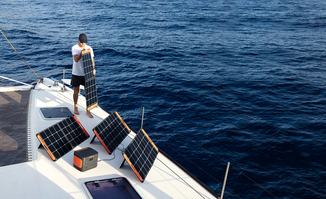
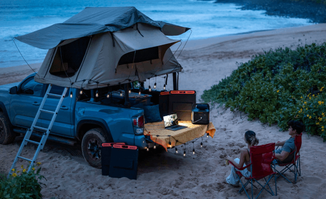
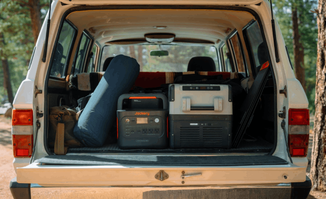





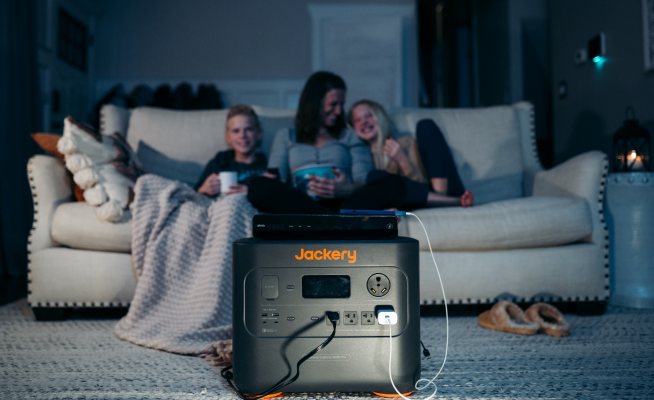

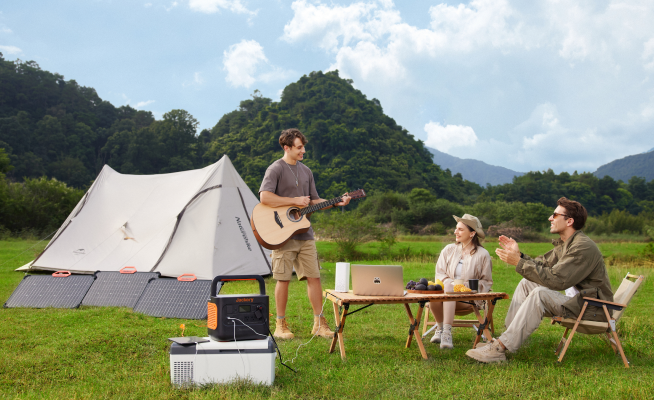
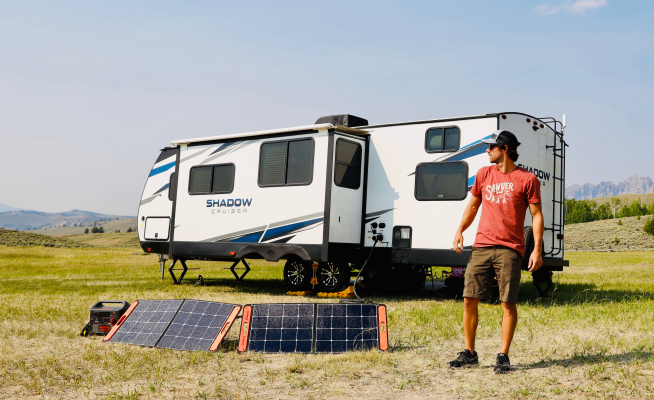

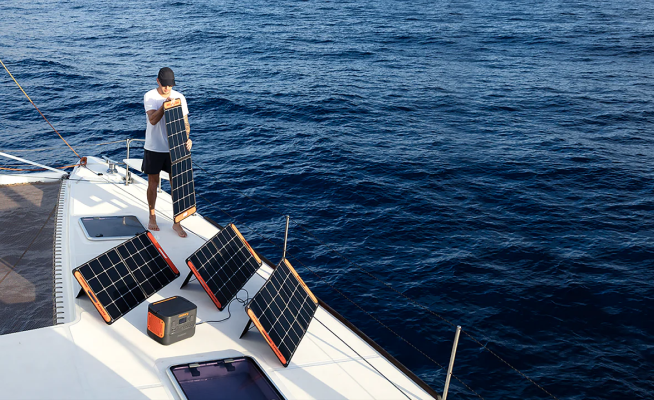
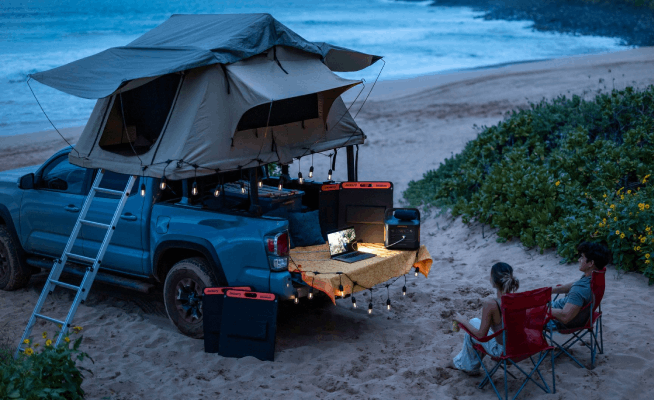
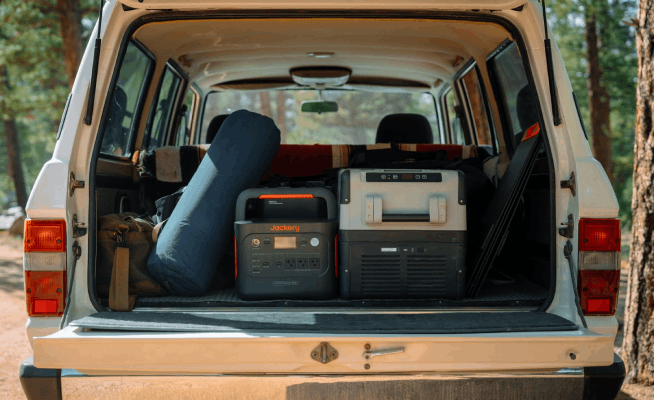









![How Many Watts Does a TV Use: 24, 32, 50, 55, 65 Inch TV and More [With a Data Table]](http://www.jackery.com/cdn/shop/articles/how_many_watts_does_a_tv_use_by_jackery_58673564-06c6-4f75-a767-678ed64b1a1c.jpg?v=1750213873)



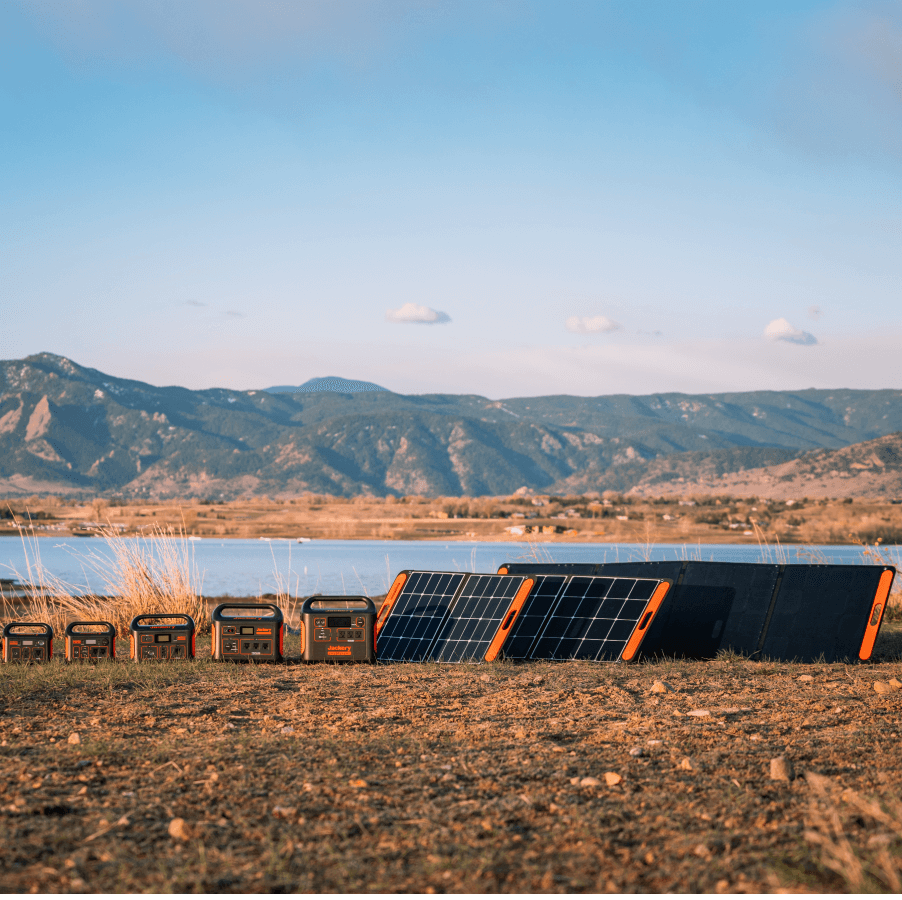

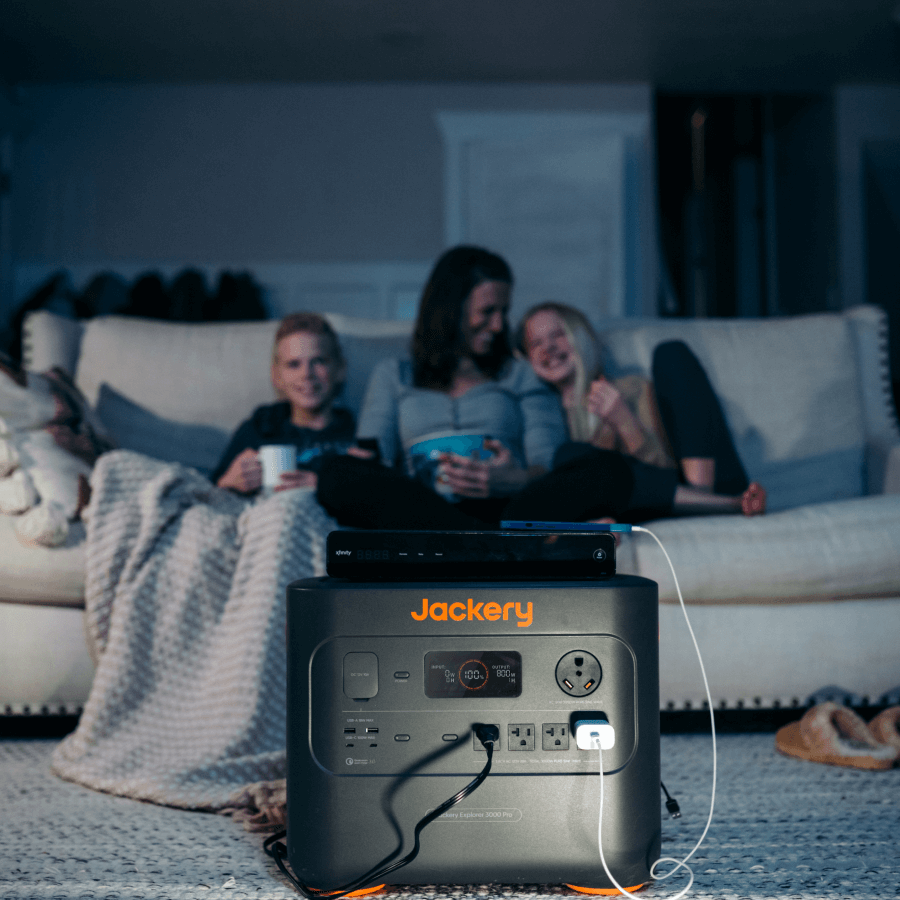

Leave a comment